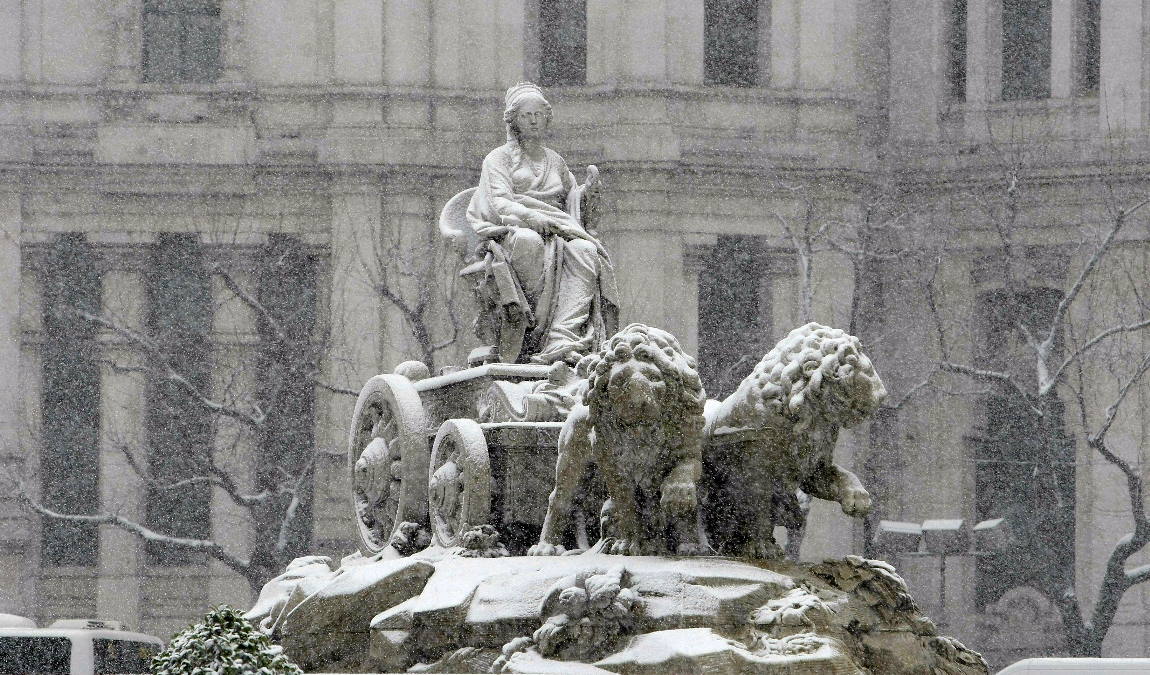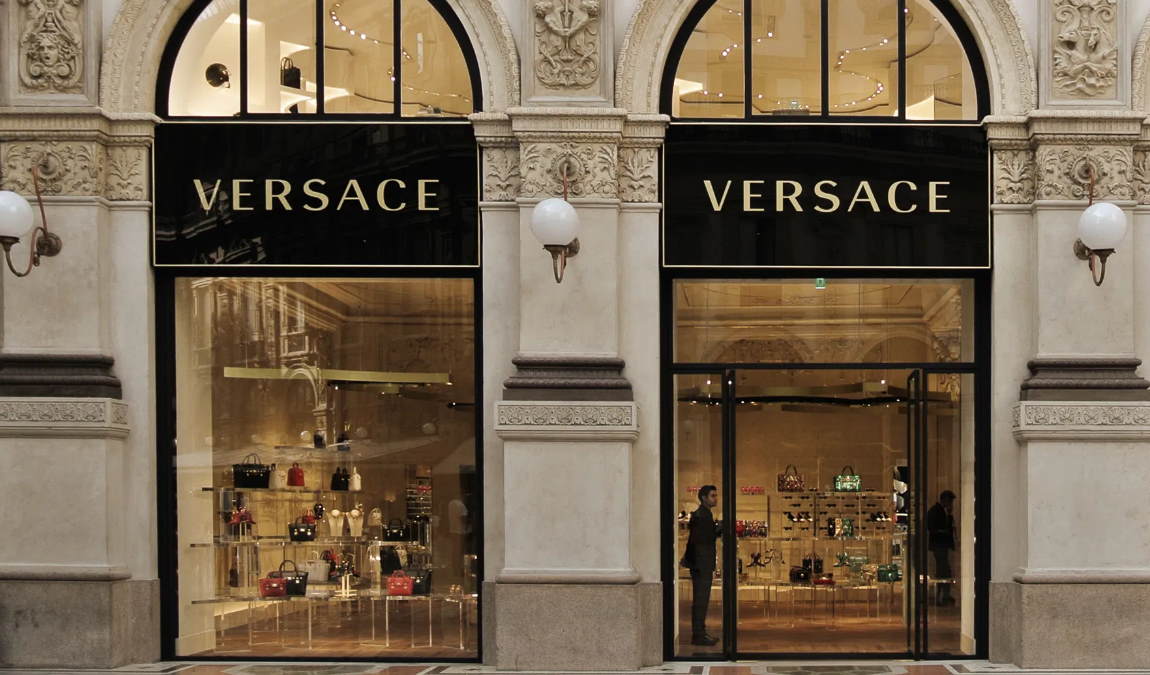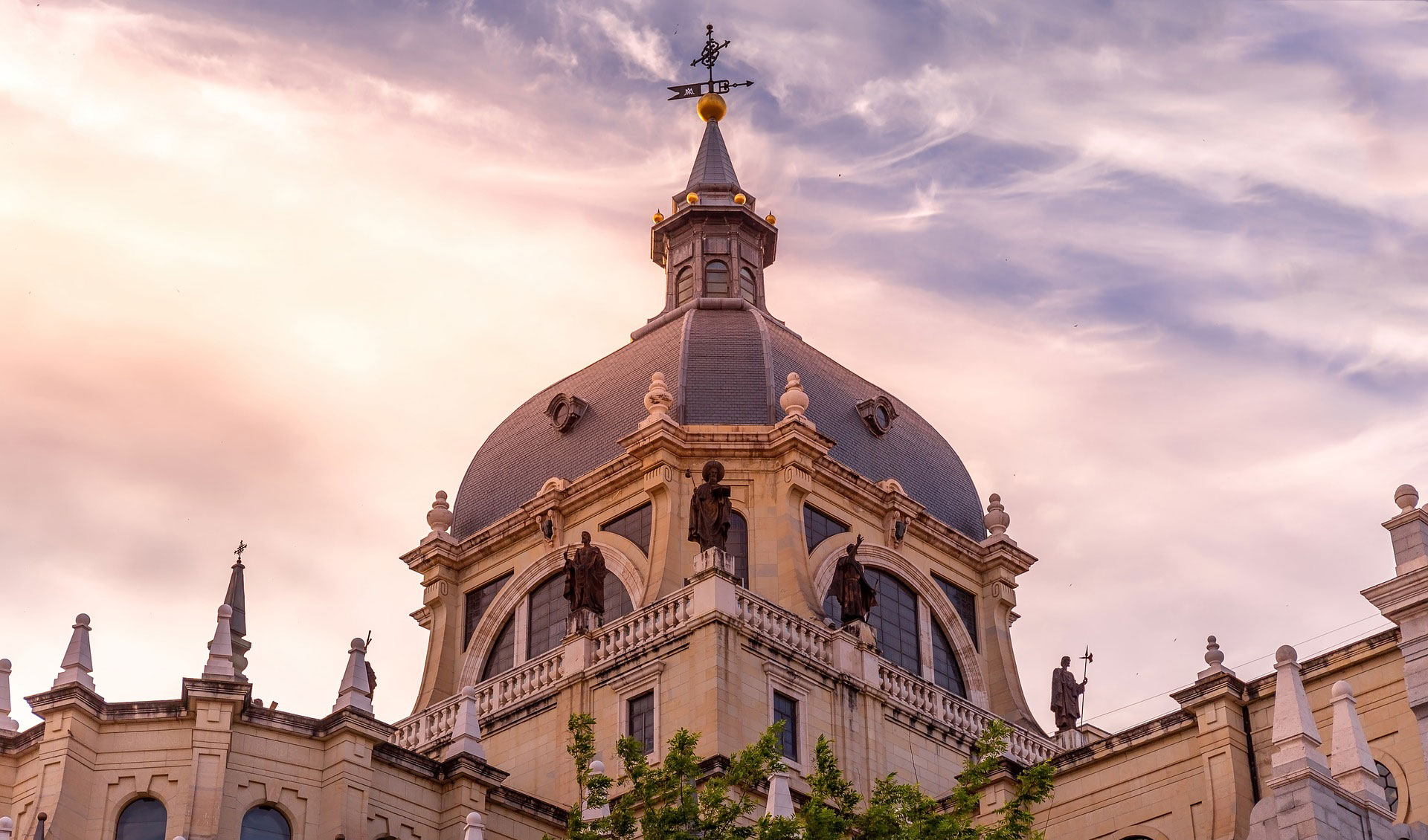Every traveller who plans to spend the January holiday in an unfamiliar country thinks about what to take, where to go and what weather conditions to prepare for. Kidpassage has the best tips for visiting Madrid in January. We can tell you it's best to leave your down jacket and boots at home.
The Spanish winter will delight you with abundant sunshine and warmth, make you forget about severe frosts for a while and give you a romantic atmosphere with inspiration and strength to implement all your plans.

Holidays in Madrid in January: pros and cons
In the summer, hot Madrid, flooded with tourists, is not very favourable for sightseeing, many of which are in the heart of Spain. But the winter period is good enough for getting to know the city better, walking the ancient Madrid streets, visiting museums without having to wait in kilometre-long queues — in general, getting to know the capital of flamenco in a calm and relaxed atmosphere.
Reviews about holidays in Madrid in January say that the low season has even more benefits than the high season:
- Few tourists. In the low tourist season, there are few people on the streets, in museums and cafes, and in hotels, you can book the rooms you like rather than choosing from what is left.
- Weather conditions. In summer, staying outside for a long time is impossible, as the Spanish sun does not spare holidaymakers. But in the middle of winter, there is a pleasant mild temperature.
- Christmas fairs. Here they do not hurry to part with the holiday, so all the first week of the month, Christmas lights, festivals, and displays will still illuminate the city but with reduced hours and timelines.
- Sale season. With the 7th of January starting the countrywide sale season, Madrid will delight shopaholics with low prices.
- Fruit diversity. There is a sweet citrus aroma on the city streets. Grapefruit, clementines and tangerines are readily available in winter, so treat your body to some vitamin C before you return home.
- Attractions. Remembering all the advantages of the city, it is impossible not to mention local attractions. Madrid is called an "open-air museum" and deserves this title.
The main disadvantage of visiting this resort during winter is the low temperature. January in Madrid is considered the coldest month of the year.
Weather in Madrid in January
Although January is a winter month associated with snowfalls and frost, the weather in Madrid in January-February is much more pleasant than in northern countries' latitudes and favourable for walks around the city.
Clear skies and even sunshine characterise the weather at the beginning of January.
The Spanish capital is considered the sunniest city in Europe; even the central square of Madrid is called Puerta del Sol, which means "Gate of the Sun". Although the temperature in Madrid in mid-January is considered the lowest of the year, it still does not drop to subzero.
Snow or rain is possible now, but such natural phenomena are rare. The weather in Madrid at the end of January is dry and warm, and sometimes fog descends on the city, making the Spanish capital even more mysterious.
Air and water temperature
The continental climate makes local winters much colder than in other regions of the Mediterranean coast. But for tourists from northern countries, these winter temperatures will seem unbelievably warm compared to the weather at this time back home.
Air temperature in Madrid in January
The average daytime temperature in Madrid in January is +11,1 °С; by evening, it becomes slightly cooler, but it is still far from subzero. The average night temperature drops to +4,2 °С.
Precipitation
Madrid receives about 27.5 mm of rainfall during the whole month. There are usually two rainy days in January.
Sunny, cloudy and overcast days
Midwinter is sunny mainly — 58% (average 18) of the days will be bright. 26% of the time, it will be cloudy. Only 16 per cent of days will be overcast.
Tour holidays in Madrid
Magical and colourful Madrid, the birthplace of Miguel de Cervantes and Salvador Dali, the "heart of Spain", attracts tourists from all over the world all year round with its architectural masterpieces, medieval historical monuments and numerous museums.
Cybele Square
At the beginning of January, head to Madrid's jewel, the Plaza de la Cybele, surrounded by magnificent Art Nouveau buildings. The majestic Cybele Palace attracts admiring gazes. It is also impossible to pass by the central fountain adorned with a sculpture of the goddess Cybele.
The Royal Palace of Madrid
One of the city's key attractions is almost always packed with tourists who want to see the unprecedented luxury of the Spanish monarchs' residence. The Royal Palace is striking for its interior decoration and the vast quantities of artwork displayed in its halls.
The observation deck deserves special attention, from where you can enjoy a breathtaking panorama of the city.
Prado Museum
It is the most famous museum not only in the country but also in the whole world. There are many legendary paintings by such famous masters as El Greco, Rubens, Botticelli, Titian, and other artists. The Prado Museum also houses various sculptures and a collection of jewellery.

Madrid's museums are a separate topic; there are many of them in the city. At the end of January, when temperatures are cooler, visit the Thyssen-Bornemisza, bullfighting or Romanticism museums.
Madrid is a city of contrasts: in addition to historical sights, majestic buildings and museums that will be of interest only to adults, the Spanish capital has places where you can have fun with the whole family:
- Faunia Park, where you will meet not only cute but also dangerous poisonous animals.
- Warner Madrid Park, where children can see their favourite cartoon characters, feel like stuntmen, and even fly into space.
- Casa de Campo Park features giant swings, water, roller coasters, and many other attractions.
- Micropolix Centre offers young visitors to try themselves as doctors, police officers, and journalists. The children are even paid a salary in "euriks", which can then be spent in a local shop.
Holidays, events and festivals
Spain is abuzz with festivals all year round, the skies above the country are often lit up with flashes of festive fireworks, and everywhere you can hear the rousing music and the melodic tapping of castanets.
New Year's Day (1st January)
The holidays in Madrid in January start, of course, with New Year's Eve. On 1st January, the bells ring out, announcing it is time to hang a new calendar on the wall.
This day is the official day off in the whole country. The streets are decorated with amazing illuminations, and concerts and costume parades occur in the main squares.
Three Kings Day or the Feast of Epiphany (6th January)
This holiday is also called the Day of the Magi. The Magi (aka Kings) fulfil the role of Father Christmas in Spain — they distribute presents to children and are responsible for receiving letters of greetings. On the holiday's eve, the Kings, accompanied by fairies and pageboys, arrive in the city; their transport is an unprecedentedly beautiful carriage. The next day their Majesties and their entourage parade through the city streets.
Cost of vacation
Winter is considered a period of low tourist activity, so prices in Madrid in January will be lower than in late spring or summer.

Package Tours
In December, tours cost 9 per cent higher than the following month. Prices in January will also be lower than at the end of winter. In February, package tours become more expensive by 4-6% on average.
Airfares
In January, you will pay 3% more for a flight than a month earlier. But in February, the cost of a flight will decrease by as much as 14%.
Accommodation
Prices for accommodation in Madrid hotels in the middle of winter will be 2% lower than in the last month of the cold season. In January, the average price for a hotel room is 128 euros.
Food and Transport
Lunch for one in a cheap café will start from 11 euros. For dinner, in a higher-class restaurant, you will have to pay minimum 25 euros. If you plan on saving, you can always have a snack at McDonald's (about 7-10 euros), but this way, you will deprive yourself of the chance to try unique national dishes.
Tourists have no problems travelling around the city, as Madrid has a well-developed transport system. Buying a single bus, metro, and tram ticket is more convenient.
Tourist buses run around the city (a daily ticket costs about 20 euros).
The city centre can be reached from the airport by booking a shuttle service (approximately 30-40 euros). Taxis run around the city (3 euros for boarding and 1 euro for each subsequent kilometre).
- What to Eat in Spain — 48 Spanish Foods You Must Try
- Spanish Fruit and Vegetables — A Seasonal Guide
What clothes to pack for Madrid in January?
The weather in Madrid in January can be both very warm and snowy. For this reason, you must bring warm and light clothes. During the day you can walk around in a T-shirt and an jacket unbuttoned, but in the evening you will have to put on a jumper and take a scarf and gloves for a walk.
As Madrid is mainly visited for sightseeing, it goes without saying that you will have to walk a lot. So choose practical clothes and comfortable shoes. Make room in your suitcase for an umbrella — although meteorologists promise only two rainy days in January, it's better to take precautions to avoid being captured by bad weather.
Shopping
From 7 January, the season of big discounts and sales starts nationwide. Shops in Madrid start selling goods at a reduced price much earlier than in other Spanish cities, so shopaholics come here right after the New Year.
You can see the "Rebajas" sign in almost every shop window, and in the middle of winter, discounts can reach 80%. The city's main Gran Via street is home to boutiques of such well-known budget brands as Mango, Zara and Bershka.
Those who want to buy more upmarket items should go shopping in the Barrio de Salamanca district where the shops of world fashion legends — Dolce & Gabbana, Versace, Chanel, Giorgio Armani and many others — are located.

Fashion houses are selling off last season's collections at Las Rozas Village Boutique City. Here you can buy designer clothes, accessories and jewellery at very low prices.
Travel tips for families with kids
The best time to visit Spain with children is the off-season, but it should be noted that in the second winter month, families will be no less comfortable here than, for example, in April or October. Winter in Madrid is perfect for children of all ages. Even infants will be warm and cosy under the gentle Spanish sun.
The cold season is even more suitable for visiting the city with babies because in January it is warm enough, while in summer, the city streets are sweltering hot.
Many cafes and restaurants offer children's menus, so parents will not have difficulties with dishes for kids. Almost in all establishments, you can take a highchair for children.
Inimitable Madrid will give its guests unforgettable impressions. Visitors of the Spanish capital will long remember the rhythms of fiery flamenco, the sweet taste of sangria, the architectural riot of styles and the emotions they experienced in this fantastic city.
If you trust the advice of Kidpassage and buy a January tour to Madrid, you can see the splendour of the "heart of Spain".






